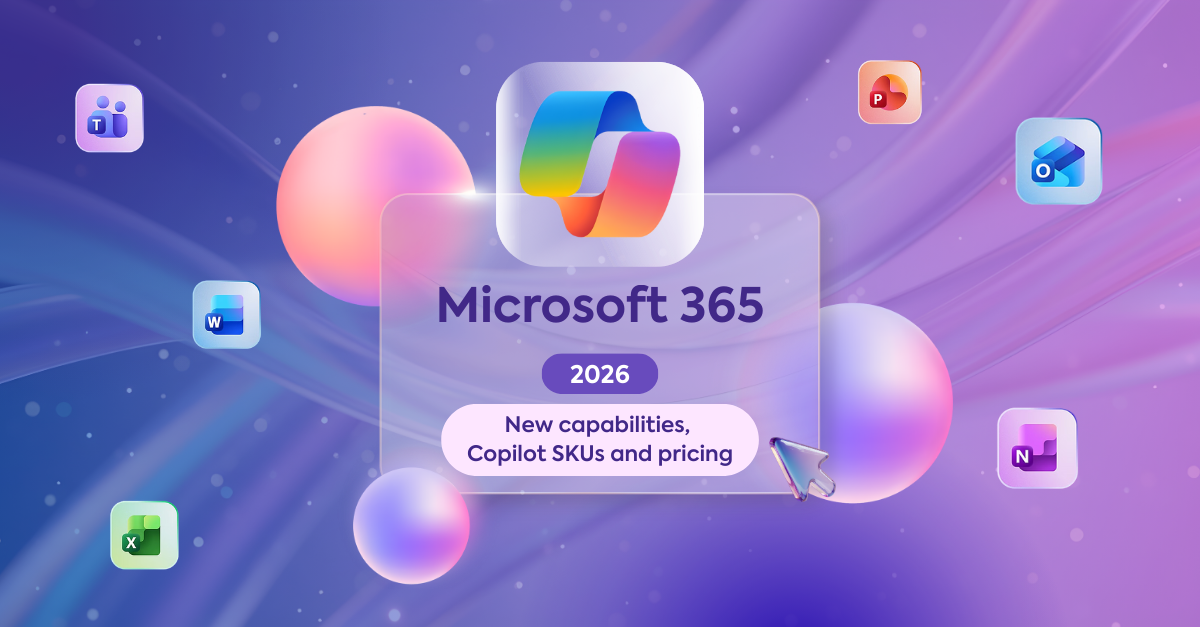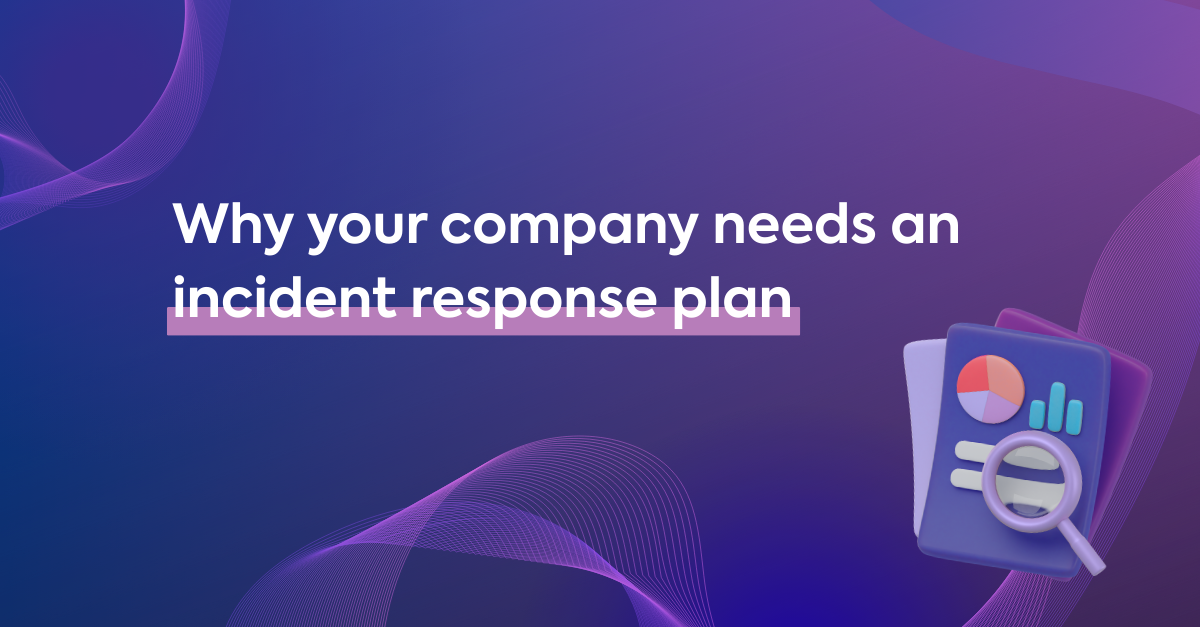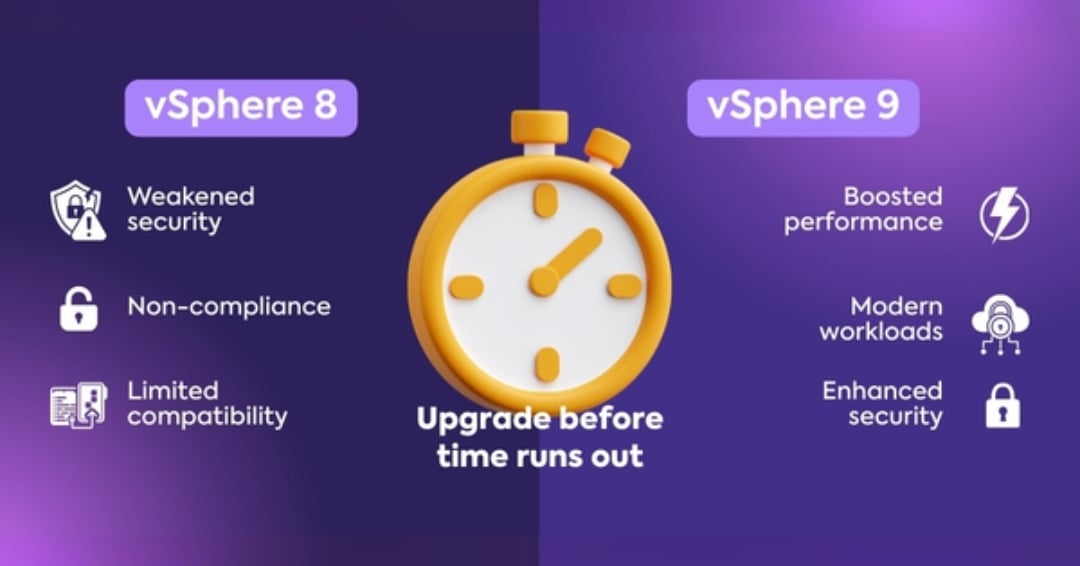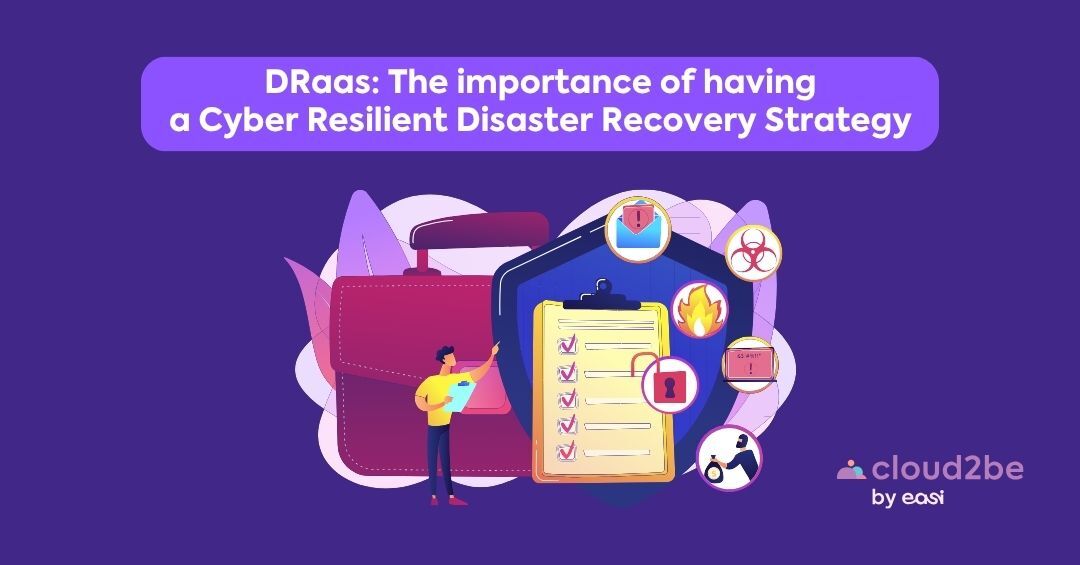In the past, most Disaster Recovery (DR) strategies focused on unexpected system outages, mainly caused by hardware failures or natural disasters.
Today’s DR strategies need to evolve to meet modern challenges.
Over the past decade, hardware reliability has significantly improved. Thanks to advances in manufacturing, predictive diagnostics, and built-in redundancies, today’s systems are more stable and durable than ever. Hardware failure, once a major concern in IT planning, has become far less frequent.
At the same time, cyber threats have escalated in both scale and sophistication. From ransomware-as-a-service to supply chain breaches and nation-state cyber operations, the focus has shifted from physical resilience to digital defense.
In the past, many customers implemented a dual-room design with either active-active or active-passive architectures to ensure high availability and minimal downtime. This approach prioritized performance and failover speed. However, in today’s landscape, with a growing need for cyber resilience, this design shows critical drawbacks.
A cyberattack could compromise data in both rooms simultaneously or near-simultaneously, especially when using hardware-level replication.
According to a 2024 report, the leading root causes of security breaches are:
- 32 % by exploited vulnerabilities
- 29 % by compromised credentials
- 24 % by malicious emails
Every week, our security team encounters on-premises environments that have been compromised — and in almost all cases, both the infrastructure and the backups are affected. In such events, recovery often means rebuilding from scratch — if it’s even possible.
Time for a new approach:
Backups must be logically inaccessible and invisible from production
This means using offsite, air-gapped, immutable backups controlled by a third party. Customers may ask: Are immutable backups included in Cloud2be?
Yes, in Cloud2be we are responsible for your backups and they are immutably protected in an air-gapped, offsite environment. For on-premises customers, we can offer the same level of protection.
According to the same 2024 report, recovery from ransomware is also taking longer:
-
35% of ransomware victims are fully recovered in a week or less (down from 47% in 2023 and 52% in 2022)
-
34% now takes more than a month to recover (up from 24% in 2023 and 20% in 2022)
The Role of the Disaster Recovery Room (Clean Room)
Cloud2be is designed to include a disaster recovery room, or clean room: a physically and logically isolated platform built for fast recovery.
Customers may ask: Is the clean room included by default in the Cloud2be offering?
No, the clean room is not included by default, as it requires additional infrastructure and resources. An additional Disaster Recovery as a Service (DRaaS) contract is needed.
Final Thought
Even with all these protections, a clear Disaster Recovery Plan remains essential. Without it, any disaster is likely to result in chaos.
It’s essential for each customer to ask himself: How prepared am I? What’s my recovery strategy?
We can assist you in creating such a strategy. Contact us!




